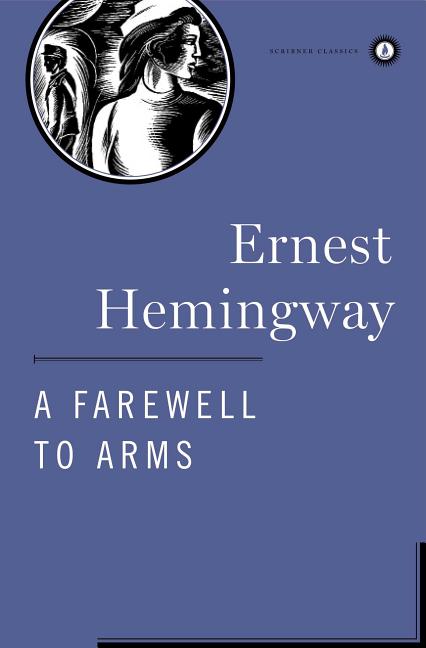

While recovering in a hospital, Hemingway fell in love with Agnes von Kurowsky, a nurse seven years his senior. Instead, he drove a Red Cross ambulance on the Italian front, where he was wounded in 1918 by a mortar shell.

As a teenager just out of high school, Hemingway volunteered to fight in the First World War but was rejected because of poor eyesight. Introduction to the BookĮrnest Hemingway's third novel, A Farewell to Arms (1929), was crafted from his earliest experience with war. This relationship proved the model for Frederic and Catherine's tragic romance in A Farewell to Arms.

Severely wounded, he recuperated in a Red Cross hospital in Milan where he fell in love with one of his nurses. Hemingway served as an ambulance driver for the Italian army in World War I. It will surprise no one that a book so vivid and deeply felt originated in the author's own life. "All good books are alike in that they are truer than if they had really happened and after you are finished reading one you will feel that all that happened to you and afterwards it all belongs to you." -from the essay "A Letter to Cuba"

Hemingway masterfully interweaves these dual narratives of love and war, joy and terror, and-ultimately-liberation and death. It would also be hard to find a more harrowing American novel about World War I. Ernest Hemingway is the notorious tough guy of modern American letters, but it would be hard to find a more tender and rapturous love story than A Farewell to Arms.


 0 kommentar(er)
0 kommentar(er)
